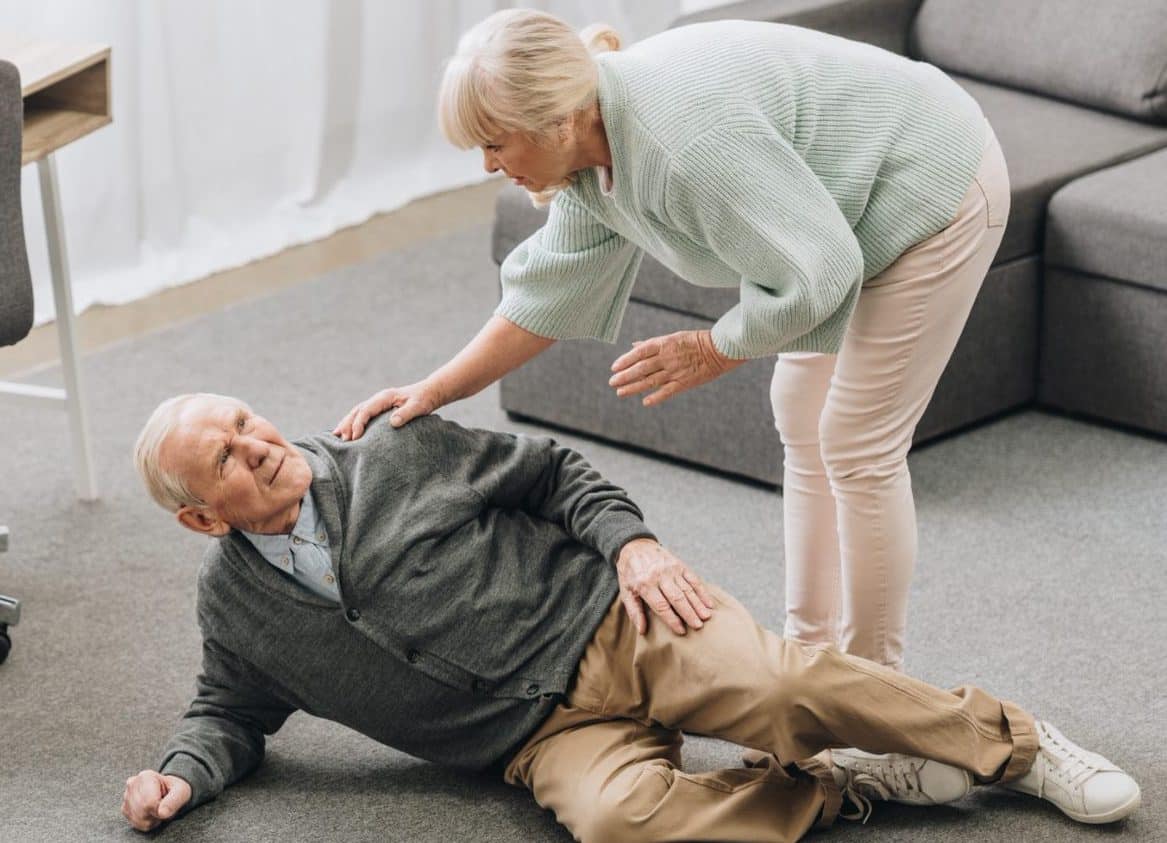As we age, maintaining balance and reducing the risk of falls become crucial for ensuring independence and quality of life. Understanding the best fall prevention strategies is essential for seniors and caregivers alike. By taking proactive steps, the risk of falling can be significantly reduced, allowing seniors to enjoy their daily activities with confidence.

Understanding Fall Risks
Falls are a leading cause of injury among older adults. They can lead to serious consequences, such as fractures, hospitalization, and a decline in independence. Recognizing the factors that increase the risk of falling is the first step in prevention. Some common risk factors include muscle weakness, balance issues, medications, and environmental hazards.
Assessing Your Environment
The home environment can be full of hidden dangers that may lead to falls. Simple changes in the home can drastically reduce these risks. For instance, removing throw rugs, ensuring adequate lighting, and installing grab bars in bathrooms can make a significant difference.
For more detailed strategies on recognizing potential hazards, visit this Fall Risk Guide.
Improving Physical Health
Maintaining physical health is a key component in fall prevention. Regular exercise helps improve balance, strength, and flexibility. Activities such as tai chi, yoga, and simple strength training exercises are highly recommended for seniors.
Medication Management
Some medications can cause dizziness or drowsiness, increasing the risk of falls. It is important for seniors to review their medications regularly with their healthcare provider to identify any potential side effects that could contribute to falls.
Technology and Fall Prevention
Technology can play a vital role in preventing falls. Devices such as fall detection systems and wearable alarms can alert caregivers in case of a fall. For a comprehensive review of the best devices, check out this Fall Detection Devices article.
Community Resources
Many communities offer resources and programs aimed at helping seniors prevent falls. These include balance and exercise classes, home safety assessments, and educational workshops. Engaging in community resources can provide additional support and information.
Personal Care and Lifestyle Adjustments
Making lifestyle adjustments can also contribute to fall prevention. Simple changes, such as wearing proper footwear, staying hydrated, and ensuring a nutritious diet, can improve overall health and stability.
Vision and Hearing Checks
Regular vision and hearing checks are crucial, as impairments in these areas can affect balance and coordination. Ensuring that glasses and hearing aids are up-to-date can enhance safety.
Fall Prevention Programs
Participating in fall prevention programs can educate and empower seniors to take control of their safety. These programs provide valuable information and techniques to reduce fall risks.
Caregiver Support
For caregivers, understanding the importance of fall prevention is vital. Providing support and encouragement to seniors in adopting fall prevention strategies can make a significant difference. For more insights into caregiver roles, you may read this Caregiver Guide.
Creating a Fall Prevention Plan
Developing a personalized fall prevention plan involves assessing individual risk factors and implementing specific strategies to mitigate those risks. Regular review and adjustment of the plan ensure it remains effective.
Monitoring and Adjusting
Continuous monitoring and adjustment of fall prevention strategies are essential. Regular check-ins with healthcare providers can help address any new health concerns or changes in risk factors.
External Support and Resources
For further information on fall prevention, consult resources such as the American Academy of Orthopaedic Surgeons or the Royal Australian College of General Practitioners.
Conclusion
By incorporating the best fall prevention strategies into daily routines, seniors can significantly reduce their risk of falls and maintain independence. With the right support and resources, seniors can lead safe and active lives.

Frequently Asked Questions
What are the most common causes of falls in seniors?
Common causes include muscle weakness, balance problems, medication side effects, and environmental hazards.
How can technology aid in fall prevention?
Technology, such as fall detection devices, can alert caregivers in the event of a fall, providing timely assistance.
Are there specific exercises that help prevent falls?
Yes, exercises such as tai chi, yoga, and balance training are effective in improving strength and stability.
This article contains affiliate links. We may earn a commission at no extra cost to you.

